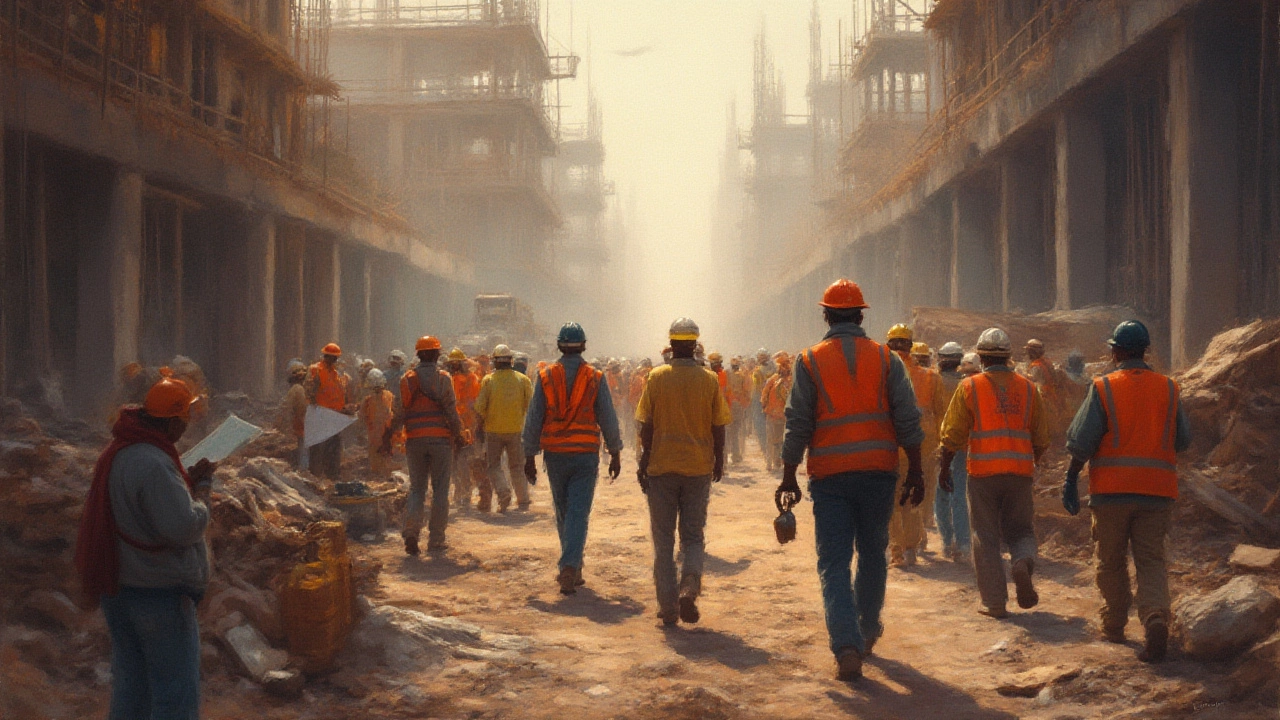Lower Tier Contractors Explained: Roles, Risks, and Real-World Tips
Cut through the legal jargon around lower tier contractors. Learn what they do, how they fit into projects, their risks, and how to manage them smartly.
When you hire a contractor for a building project, the money doesn’t just go straight to the workers. It moves through a payment chain, a sequence of financial transactions between owners, general contractors, subcontractors, and suppliers that determines who gets paid and when. Also known as construction payment flow, this system is the invisible backbone of every job—break it, and everything slows down. If the owner pays late, the general contractor can’t pay the electrician. If the electrician can’t pay their crew, the wires don’t get installed. This isn’t theory—it’s daily reality on thousands of sites across India and beyond.
The general contractor, the main company hired by the property owner to manage the entire project acts as the middleman. They collect funds from the owner, then distribute them to subcontractors, specialized trades like plumbers, framers, or welders who handle specific parts of the work. Each subcontractor, in turn, pays their own laborers and buys materials from suppliers. Every link depends on the one before it. Miss a payment at the top, and the whole chain rattles. A delay of just two weeks at the owner level can mean workers go unpaid for a month. That’s why so many small contractors live paycheck to paycheck—because the system is built on trust, not timing.
And it’s not just about timing. The construction financing, the funding structure that supports a project from start to finish, often tied to milestones and inspections can make or break a job. If the bank releases funds only after a structural inspection, and the inspection gets delayed, everyone downstream waits. This is why some contractors demand progress payments, why lien rights matter, and why written contracts aren’t optional—they’re survival tools. The payment chain isn’t glamorous, but it’s the most critical part of construction you never see. Get it wrong, and your project stalls. Get it right, and everything moves smoothly.
Below, you’ll find real-world breakdowns of how payments actually work on job sites—from crane operators getting paid to foundation repair companies chasing invoices. No fluff. Just what happens when the money moves.

9 July
Cut through the legal jargon around lower tier contractors. Learn what they do, how they fit into projects, their risks, and how to manage them smartly.